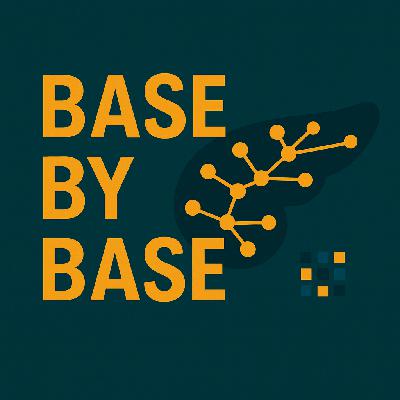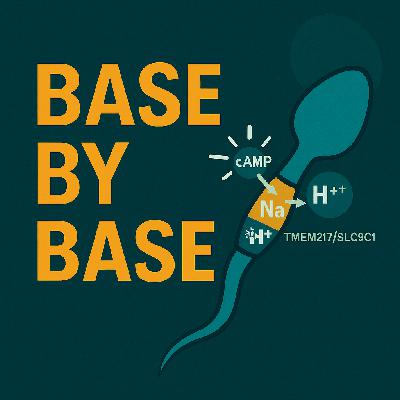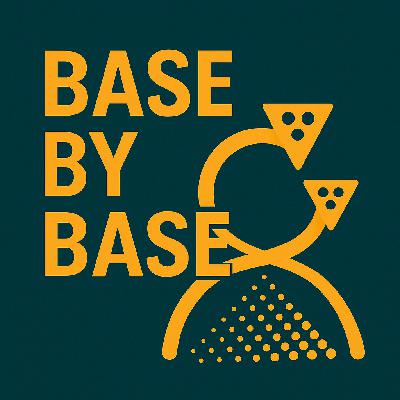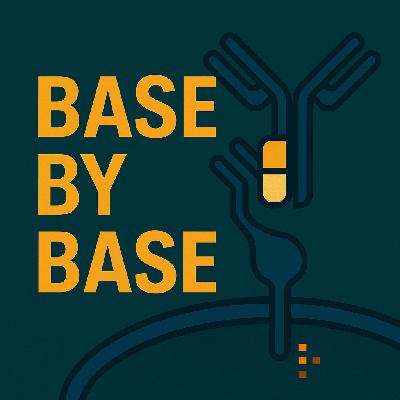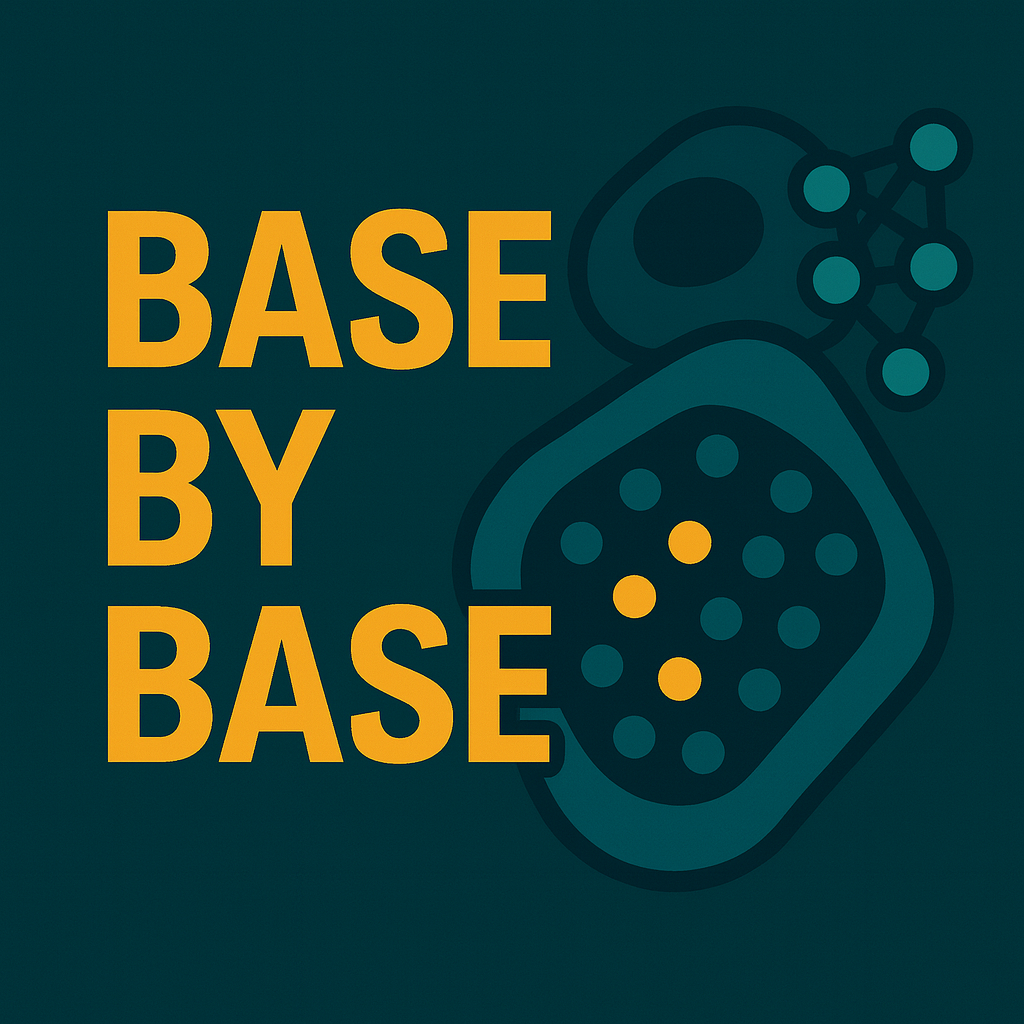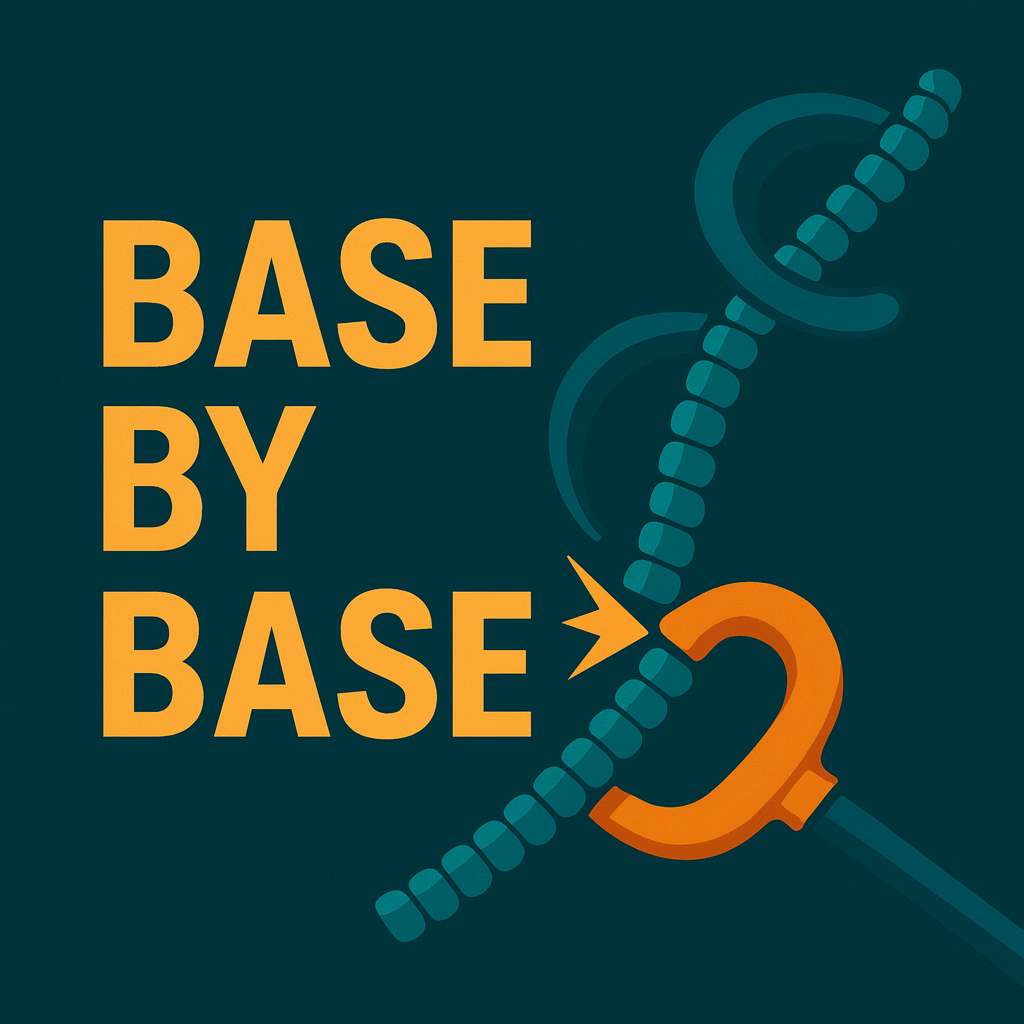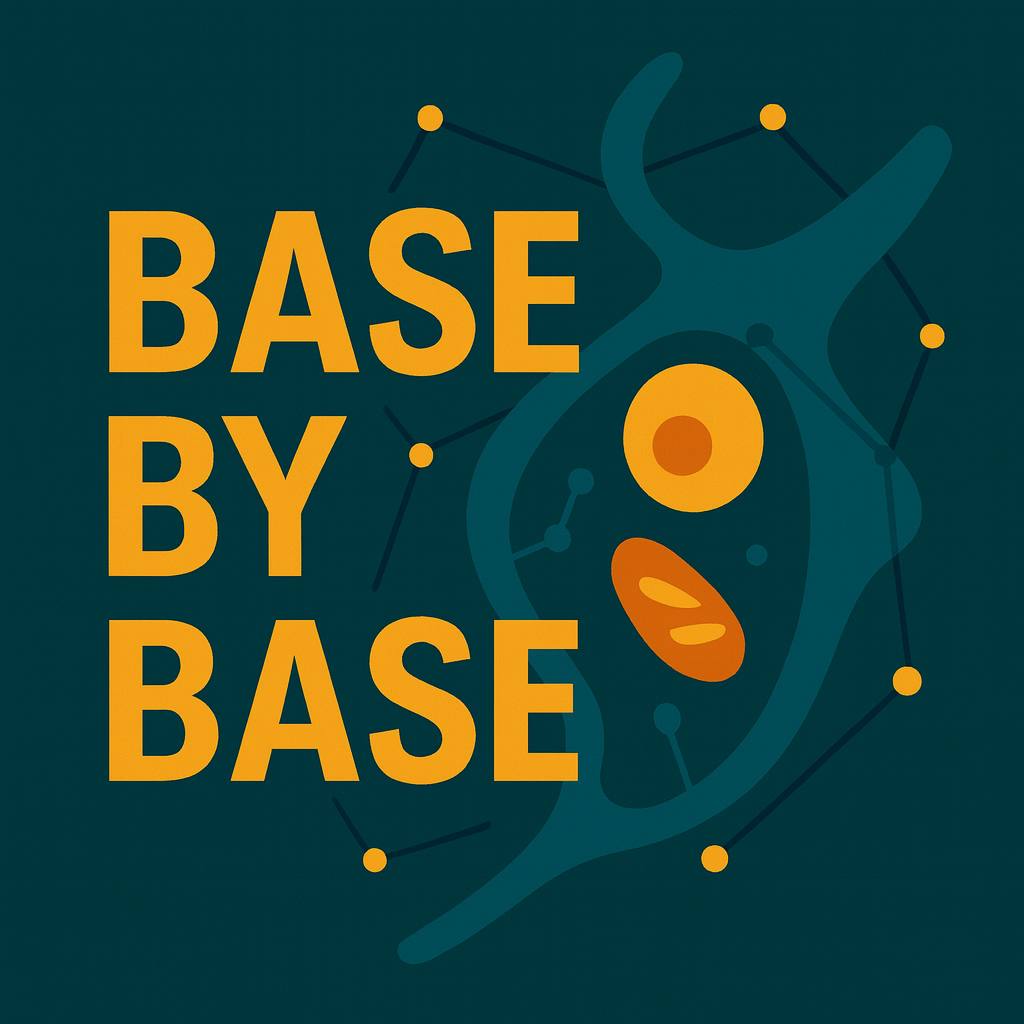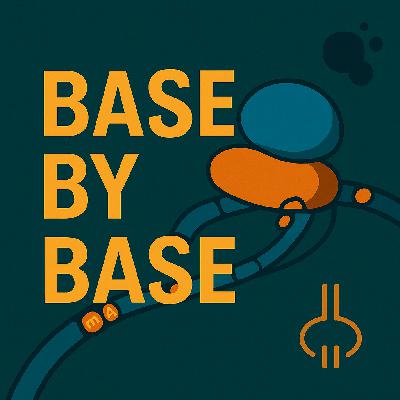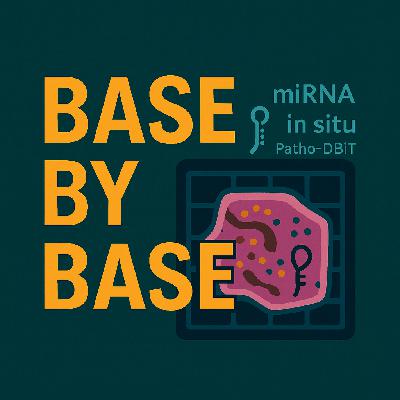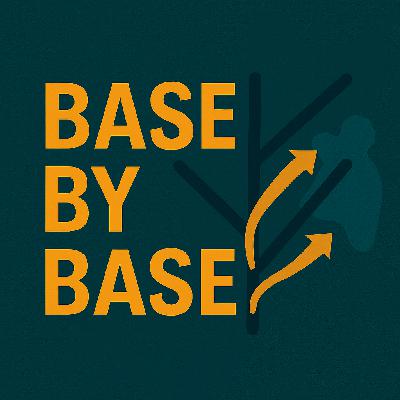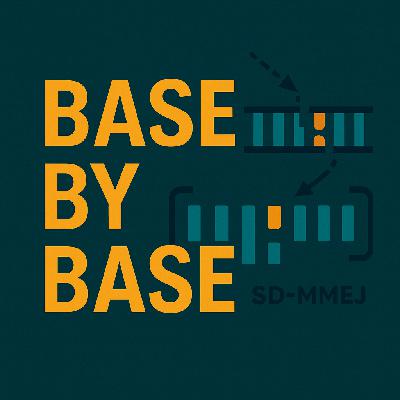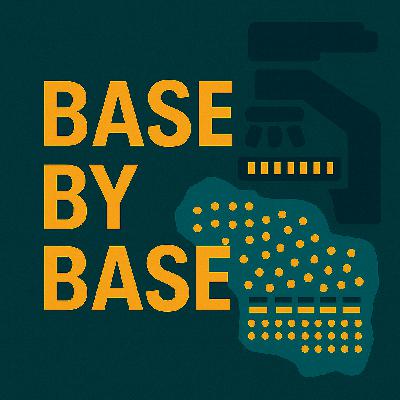175: Predictive Prioritization of Pancreatic Enhancers Linked to Disease Risk
Description
️ Episode 175: Predictive Prioritization of Pancreatic Enhancers Linked to Disease Risk
In this episode of PaperCast Base by Base, we explore how enhancer–promoter 3D chromatin maps from five primary human pancreatic cell types were transformed into graph “tree” models to quantify enhancer connectivity and prioritize elements most critical for cell-type-specific gene expression, creating a framework to connect noncoding variants to function in pancreatic disease.
Study Highlights:
The authors profiled H3K27ac HiChIP and ATAC‑seq across 28 donors, building enhancer–promoter tree models that capture direct and indirect loops and reveal modular “forests” centered on promoter–promoter hubs.
They developed EPIC, a k‑nearest‑neighbors model using chromatin features and tree topology to rank enhancers by their predicted effect on cell‑type‑specific transcription and validated top predictions in primary human cells using CRISPRa/i with single‑cell RNA FISH readouts.
Direct E1 enhancer loops predominated and multiple enhancers additively boosted expression of lineage‑defining genes, while EPIC‑prioritized enhancers overlapped germline risk variants for type 2 diabetes and pancreatic ductal adenocarcinoma.
GWAS integration pointed to unexpected enrichment of PDAC‑associated variants in acinar enhancers and experimental perturbation at the XBP1 locus reduced transcripts in line with predicted effect sizes.
Conclusion:
Enhancer tree models coupled with the EPIC prioritization algorithm provide a scalable route to nominate and validate functional noncoding elements and their target genes in the human pancreas, sharpening variant‑to‑function studies and disease mechanism discovery.
Reference:
Wang L, Baek S, Prasad G, Wildenthal J, Guo K, Sturgill D, Truongvo T, Char E, Pegoraro G, McKinnon K, The Pancreatic Cancer Cohort Consortium, The Pancreatic Cancer Case‑Control Consortium, Hoskins JW, Amundadottir LT, Arda HE. Predictive prioritization of enhancers associated with pancreatic disease risk. Cell Genomics. 2026;6:10 1040. https://doi.org/10.1016/j.xgen.2025.101040
License:
This episode is based on an open-access article published under the Creative Commons Attribution 4.0 International License (CC BY 4.0) – https://creativecommons.org/licenses/by/4.0/
Support:
If you'd like to support Base by Base, you can make a one-time or monthly donation here: https://basebybase.castos.com/

